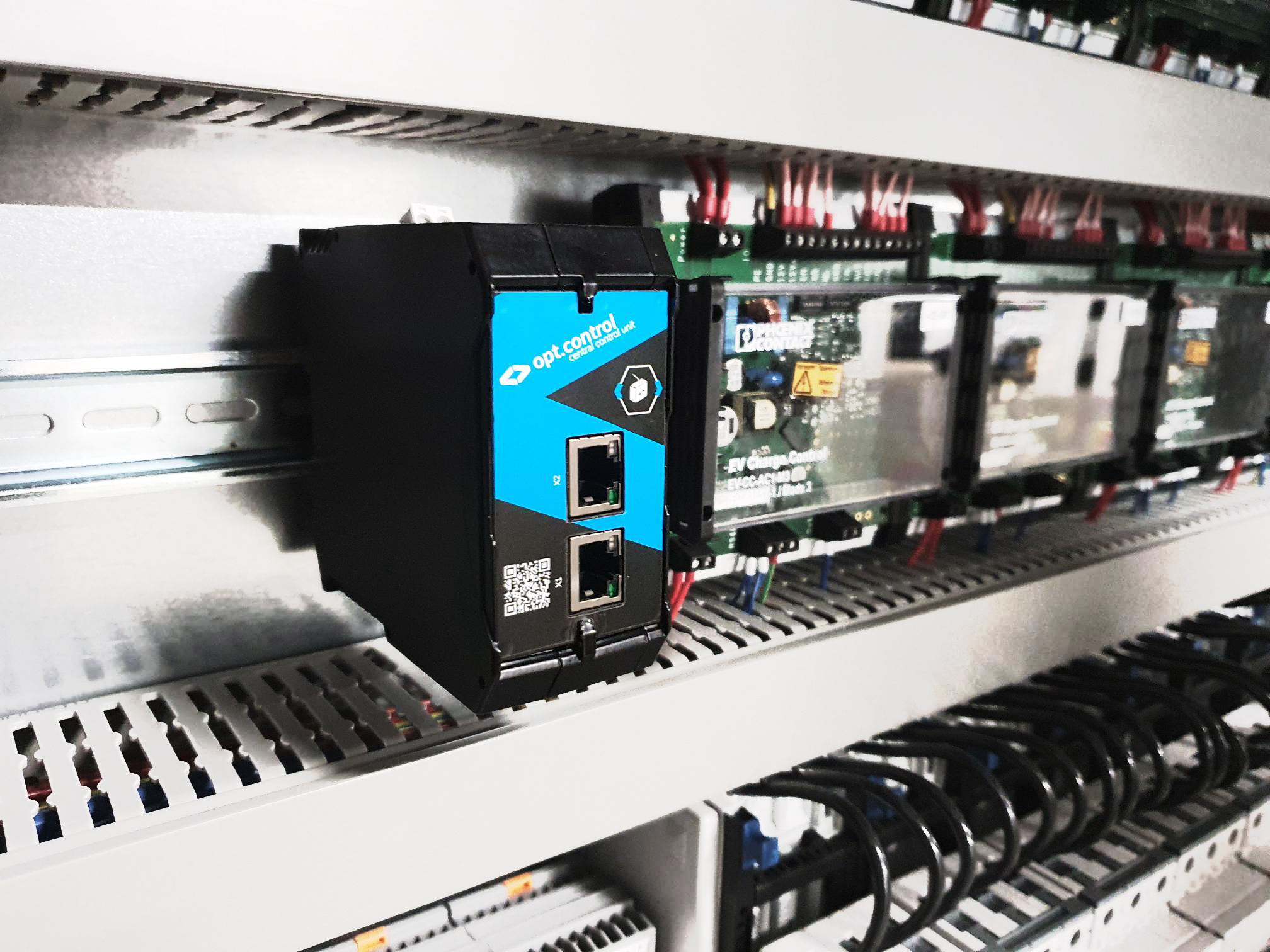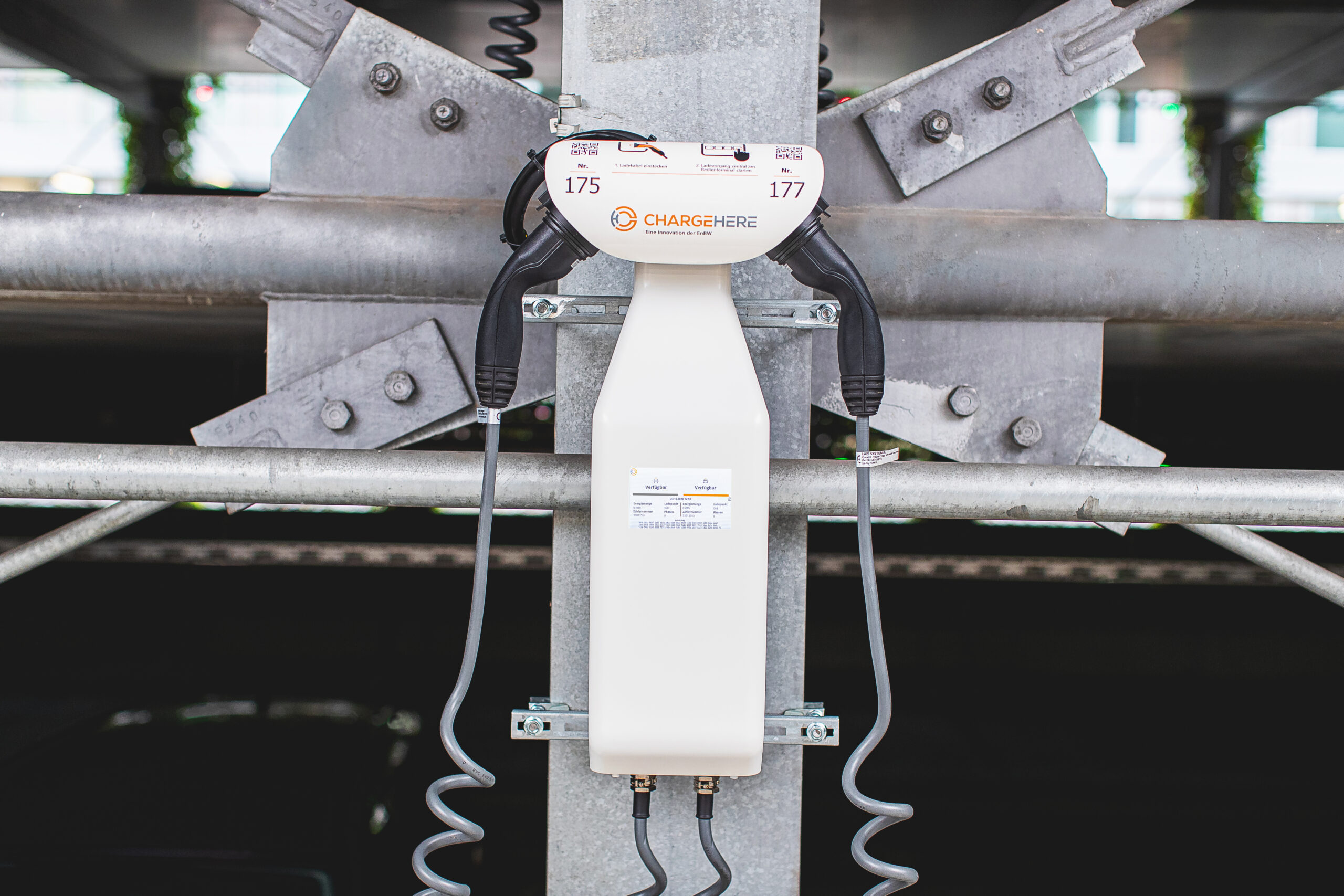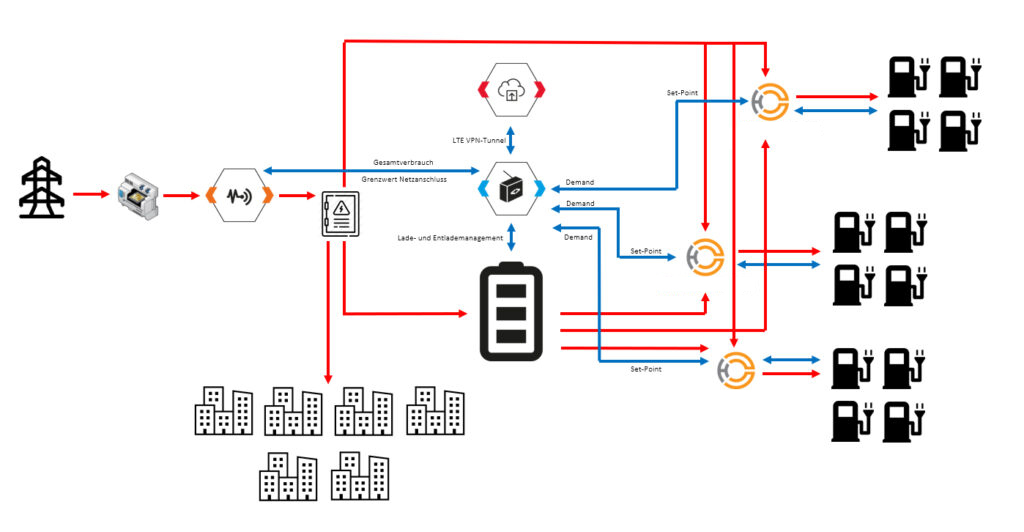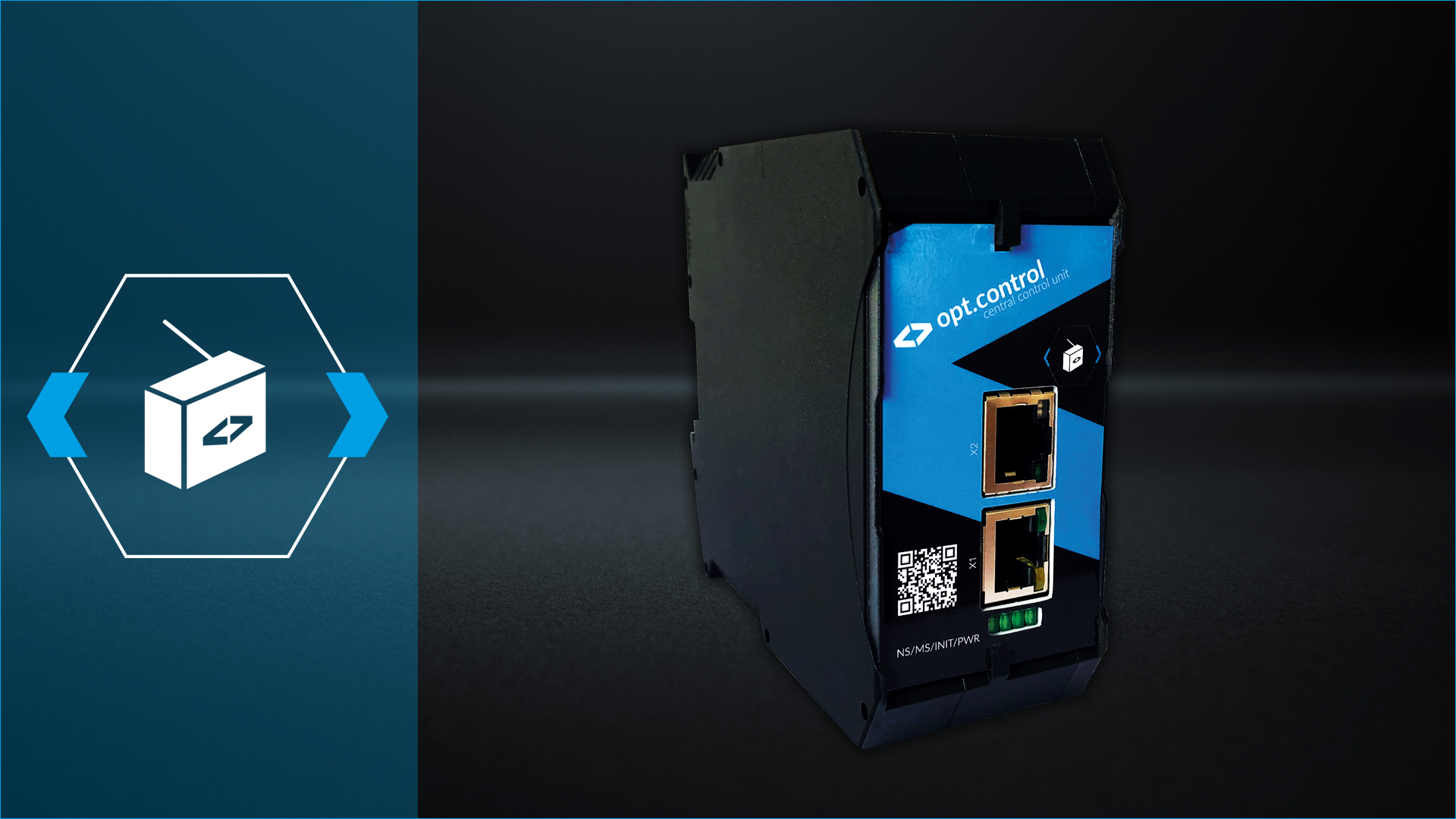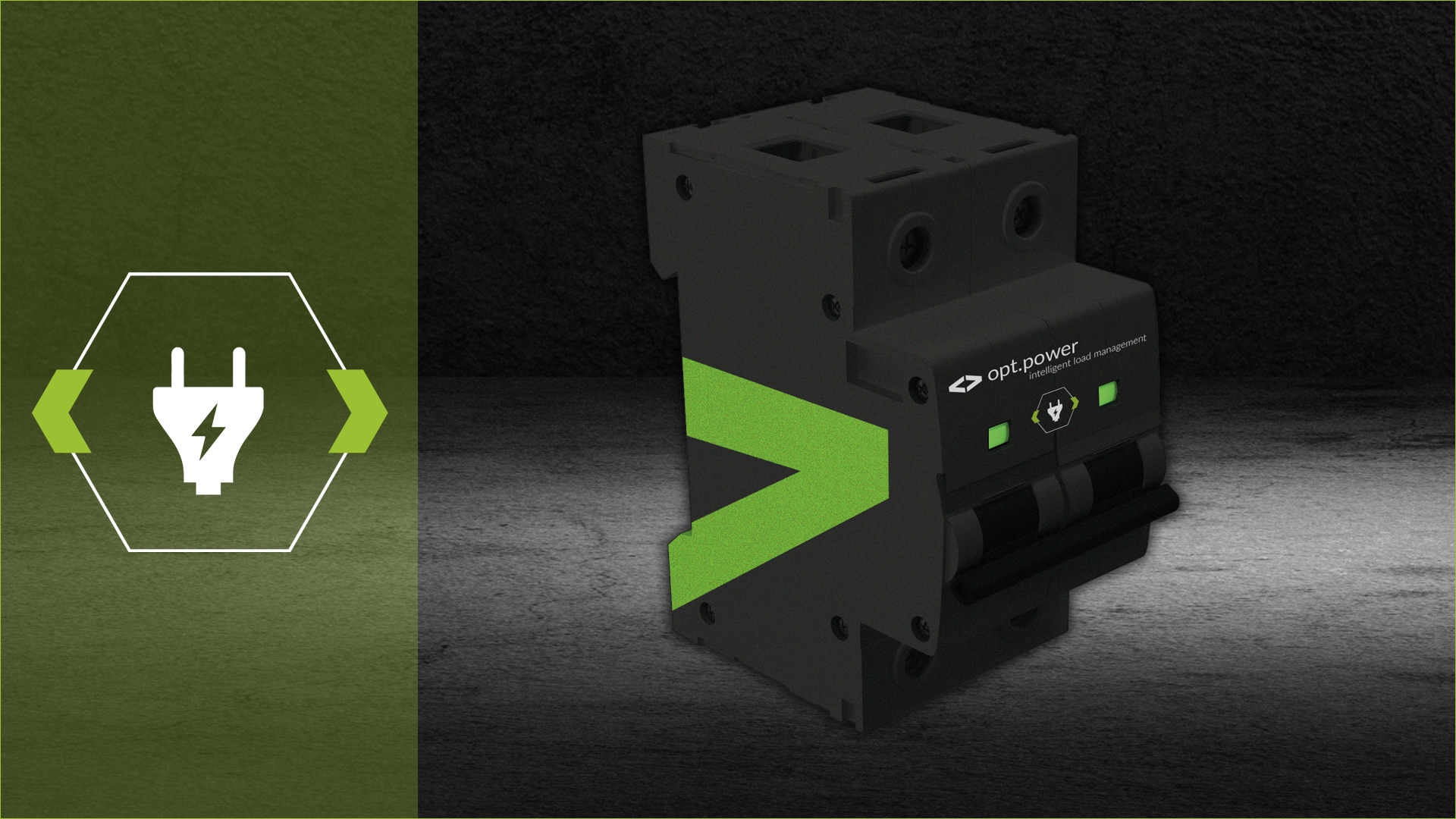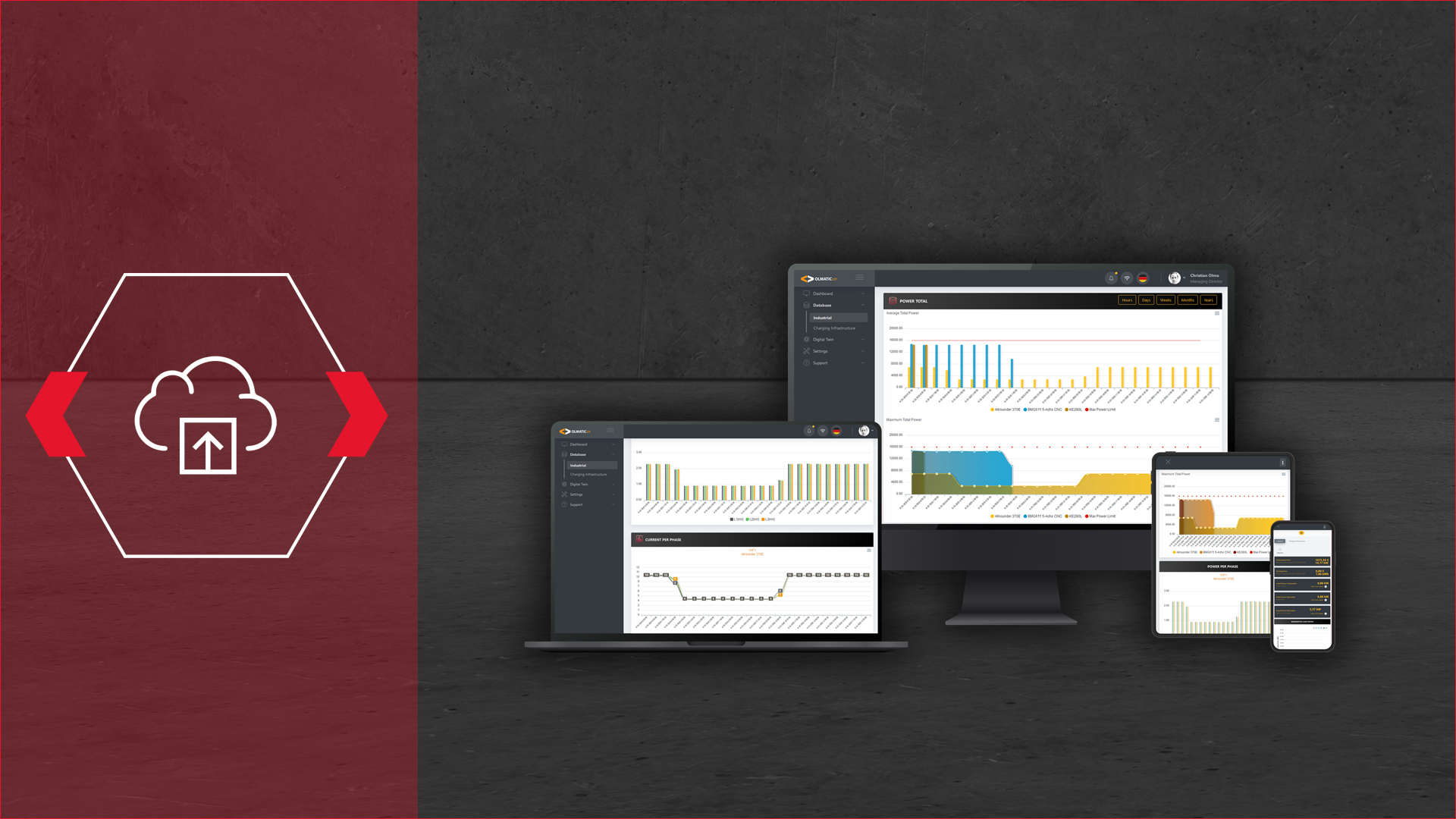Dynamic charging management through flexible connection of consumers and sources outside the charging infrastructure
Direct communication for future business models
Dynamic load balancing at the charging point level
Decentralized access
Connection of further systems
Scalability
The integrated charging management of the charging infrastructure usually only includes the consumption of the own charging infrastructure as well as an additional meter at the main connection point. Such charging management is then usually configured to a static value, which means that the main connection point is always measured and the difference to the pre-configured maximum value is allocated to the charging infrastructure.
Durch den Einsatz unseres EMS ergeben sich hier deutliche Vorteile im Bereich der dynamischen Zuteilung der zur Verfügung stehenden Energie an die Ladeinfrastruktur. Beispielsweise wenn weitere Verbraucher oder zusätzliche Quellen wie PV-Anlagen oder Energiespeicher zum Einsatz kommen, reicht eine statische Konfiguration der Energieparameter nicht mehr aus, da sich die zur Verfügung stehende Energie, aber auch der Verbrauch dynamisch ändern. Durch den Einsatz unseres EMS wird sowohl der Verbrauch, als auch die Erzeugung kontinuierlich überwacht und entsprechende Potentiale dynamisch zugeteilt.
Future tariff models will adapt to dynamic price changes. This means that with increasing energy production, cheaper tariffs and, with lower energy production, higher tariffs are offered by the supplier. As an operator of a charging infrastructure, it is therefore important to take this change in the energy allocation to the charging infrastructure into account. In the future, such communication will be established e.g. via smart meter gateways. The advantage of our system compared to integrated charging management is that this communication is already stored in the system. This makes it possible for you as the operator to transfer the available energy to the charging infrastructure automatically, e.g. automatically on the basis of the current tariff via a decentralized administration tool.
Integrated charge management systems usually have the major disadvantage that load balancing cannot be implemented specifically for the charging point. This means that the available energy is evenly distributed to all available charging points. Especially when certain charging points are not occupied and this energy would like to be allocated to occupied charging points, this often leads to problems. In comparison, with our system, a specific energy content can be distributed directly to the specific charging point. This creates full flexibility in this area.
Integrated charge management systems can usually only be reached locally or have to be connected to the Internet with additional effort. In comparison, our system builds its own encrypted connection, which is included in the price, to a decentralized cloud. Via this cloud, all topics, from visualization to configuration and support can be implemented from anywhere without having to be on site all the time.
Integrated charge management systems usually only concentrate on the allocation and distribution of electrical energy. Our system, on the other hand, is designed to connect other systems. For example, it might be possible to provide data for an external billing system or something similar. Energy management, data transmission and other possible interfaces are thus combined in a single system.
Integrated charge management systems are often integrated on the basis of the current status and can only be adapted with difficulty in the event of subsequent changes. In comparison, our system is based on scalability. Subsequent changes can thus be integrated flexibly and scalably into our system without great effort and even as a retrofit.








